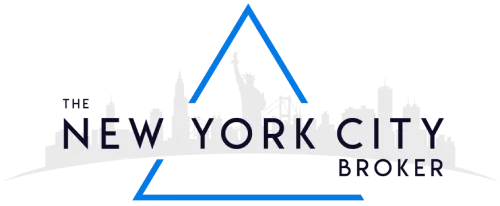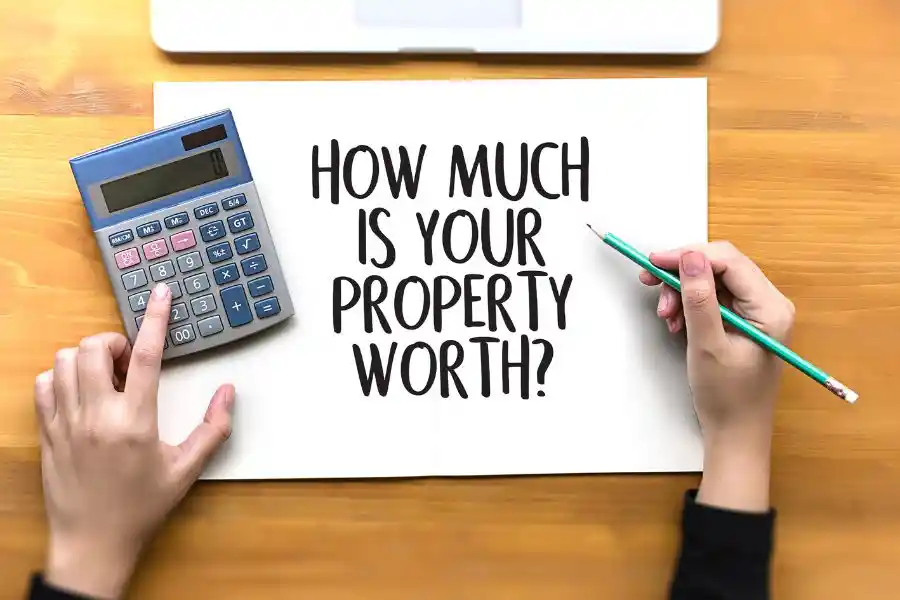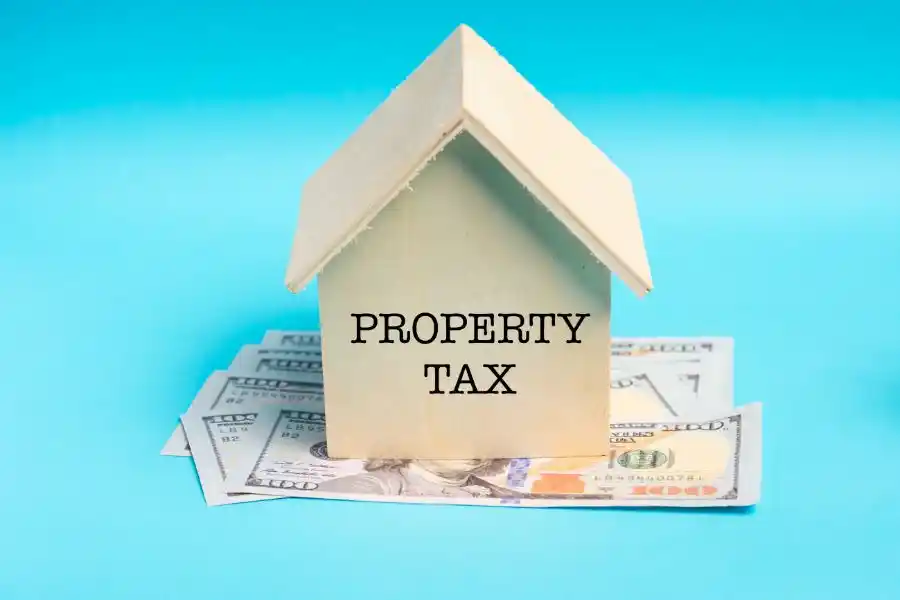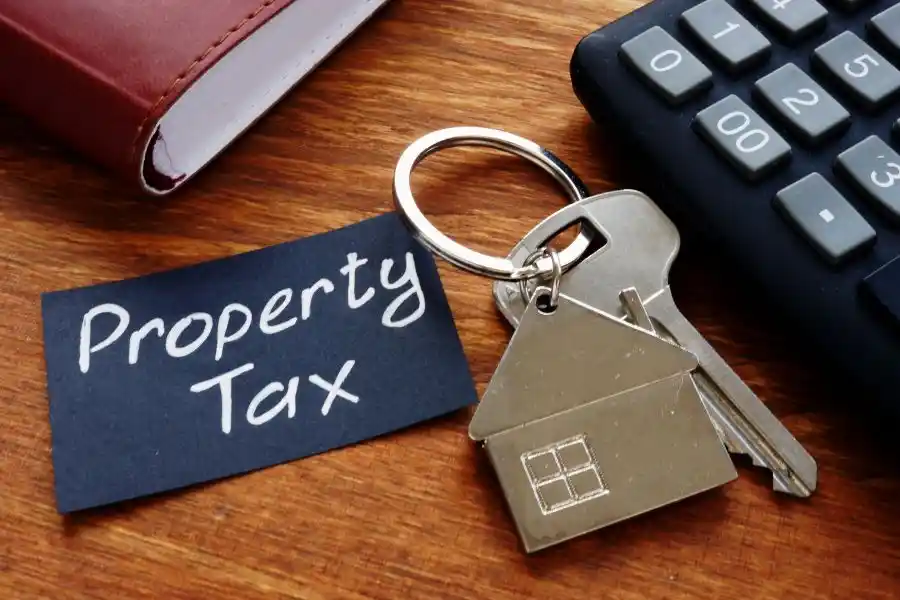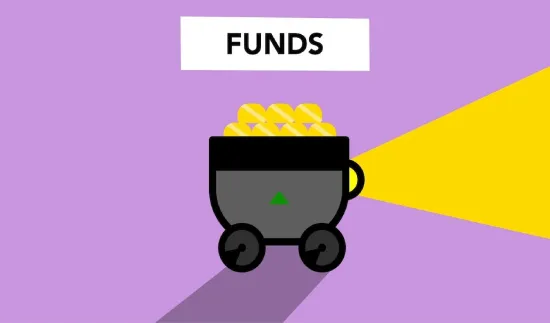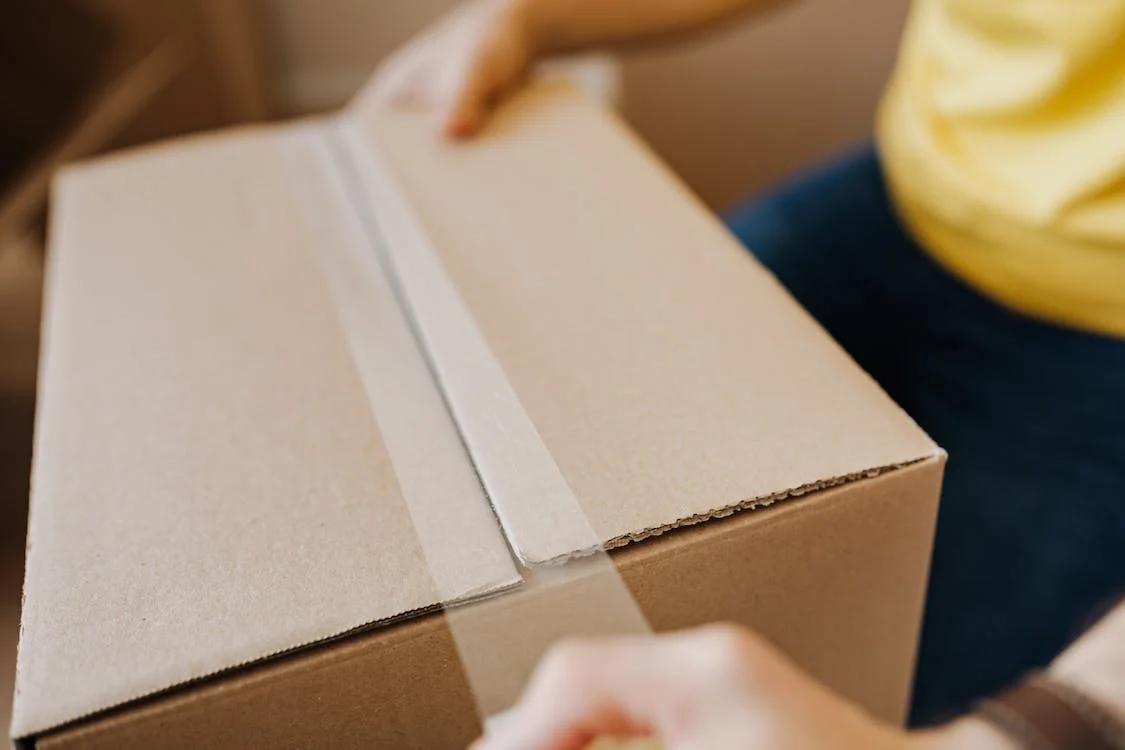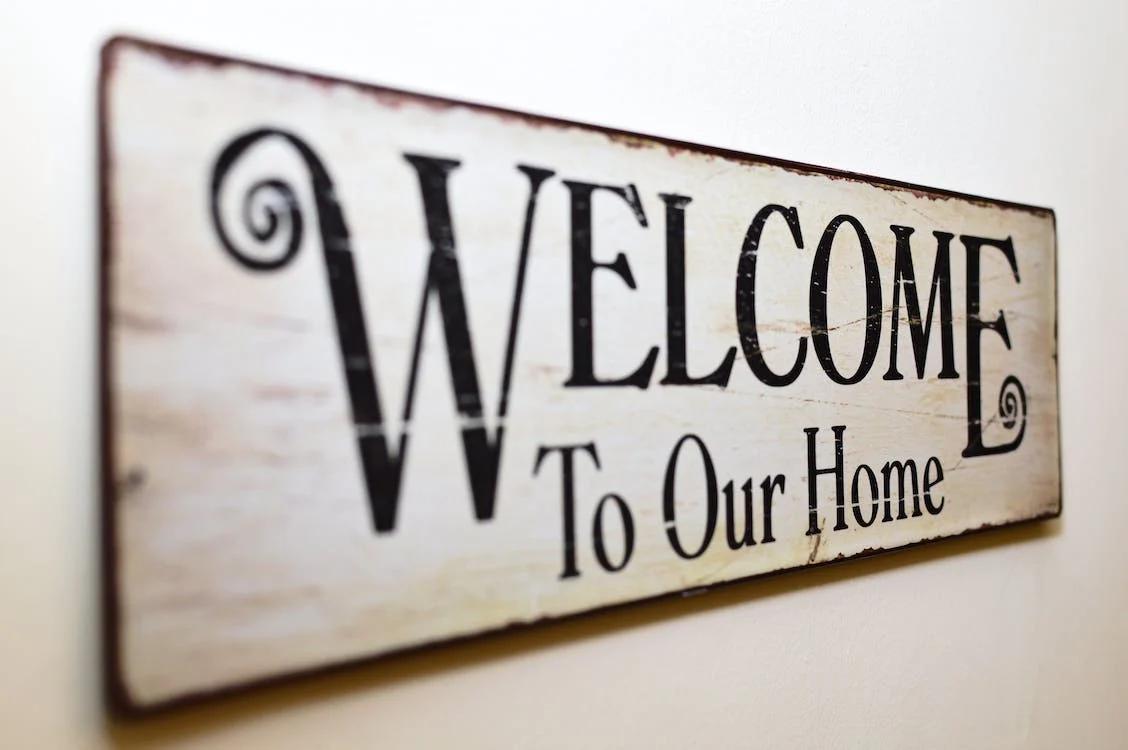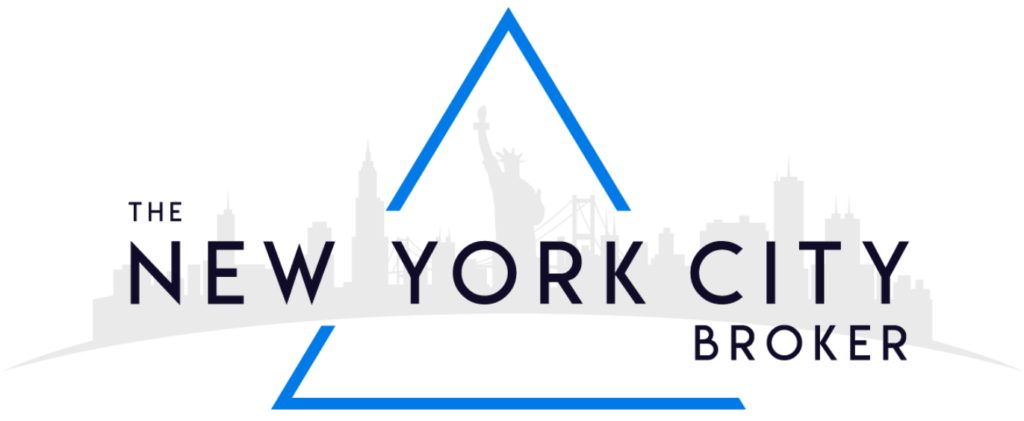What Is A Down Payment?
When you are buying a home using a mortgage, the mortgage lender requires you to put up some of the amount required to buy the home yourself, and they pay the rest. The amount you put up down for buying a home with a mortgage is called a down payment. It’s usually 20% in NYC (and the rest of the country), but the amount may differ based on the type of property you are buying or the mortgage you qualify for.
The down payment you make also represents the portion of the home you directly own. For example, if you are putting up a down payment of 20%, you will own 20% of the home right away. This is also called your stake or your financial interest in the home. This stake grows as you keep paying your mortgage and start owning more of your home.
Down Payment For Different Mortgages
There are multiple types of mortgages available to home buyers, and each of them may have a different down payment requirement.
Conventional Mortgage: Conventional loans are the most common types of mortgages available to homebuyers in NYC and are issued by commercial banks. Since banks, as mortgage lenders, focus on saving their mortgage investment as much as they can, they look for a conservative down payment – 20%. In some cases, banks may issue a loan for a smaller down payment, but that’s relatively rare.
Federal Housing Administration (FHA) Loan: If you can qualify for an FHA loan, you may pay as low as 3.5% for a down payment, assuming your credit score is higher than 580. If it’s lower than 580, you will need to pay at least 10% down. But with a low down payment, you also have to pay mortgage insurance, which increases the cost of borrowing.
Veteran Affairs (VA) Home Loan: If you qualify for VA assistance, you may be able to buy a home in NYC with zero down payment.
Down Payment For Different Property Types
Most apartments (both co-ops and condos) and townhouses in NYC would require a 20% down payment at least. However, new development condos may accept a lower down payment, like ten percent. When the market is down, other property types may also accept a lower down payment. However, co-ops typically have strict down payment requirements. In some cases, they may even require you to put down more than 20%. In some cases, the co-op down payment requirement may go up as much as 50%.
Down Payment Assistance
There are multiple down payment assistance programs that home buyers may qualify for.
HomeFirst Down Payment Assistance Program gives eligible buyers as much as $100,000 for a down payment. The requirements stipulate that it should be your first time buying a home, have an income lower than a threshold for the household size, and live in the home for at least 15 years if you get $40,000 or more from this program.
The New York State Association of Realtors (NYSAR) also has an assistance program called Housing Opportunities Foundation Grant. They pay $2,000 to the deserving applicant that can be applied toward a down payment (or closing costs), but the grant is only valid if you are working with a Realtor. Your household income and the price of the home you are buying should be below the defined threshold.
If you apply for a mortgage through the State of New York Mortgage Agency (SONYMA) and you qualify, you may also be eligible for their Down Payment Assistance Loan, which can reach up to 3% of the purchase price.
There are also down payment assistance programs from major banks like Wells Fargo and Bank of America, but the most accurate information about eligibility for these programs may be available from local branches.
How Down Payment Influences The Buying Process and Your Mortgage?
Down payment can influence your mortgage in three ways:
- A larger down payment can reduce the monthly mortgage payments you have to make for the same period of time. If you pay 30% on a 30-year fixed-rate mortgage for a $700,000 property, your monthly mortgage may be over $340 less than the monthly payments you will make after putting down 20%. That’s a $122,400 difference over 30 years.
- A large down payment may help you secure a better interest rate (but it’s not always possible).
- If your down payment is lower than 20%, you will have to pay Private Mortgage Insurance (PMI), which is an additional cost of borrowing.
A larger down payment can influence the buying process, especially if you are buying a co-op. Some co-ops in NYC require buyers to put down at least 40% of the price upfront. Most of these down payment requirements stem from co-op boards seeking financially stable buyers. The idea is that if you are putting 20% or more down, you are less likely to default on your mortgage, which may create problems for the rest of the co-op members.
It also influences the buying process by giving you more leeway when it comes to securing a mortgage. If you can only save up to 5%, you will be severely limited in your ability to secure a mortgage because only a few programs and lenders will issue you a loan with such a small down payment. But if you can put down 20% or more, you can easily secure a conventional mortgage (assuming your credit is good as well) and move forward with the purchase.
